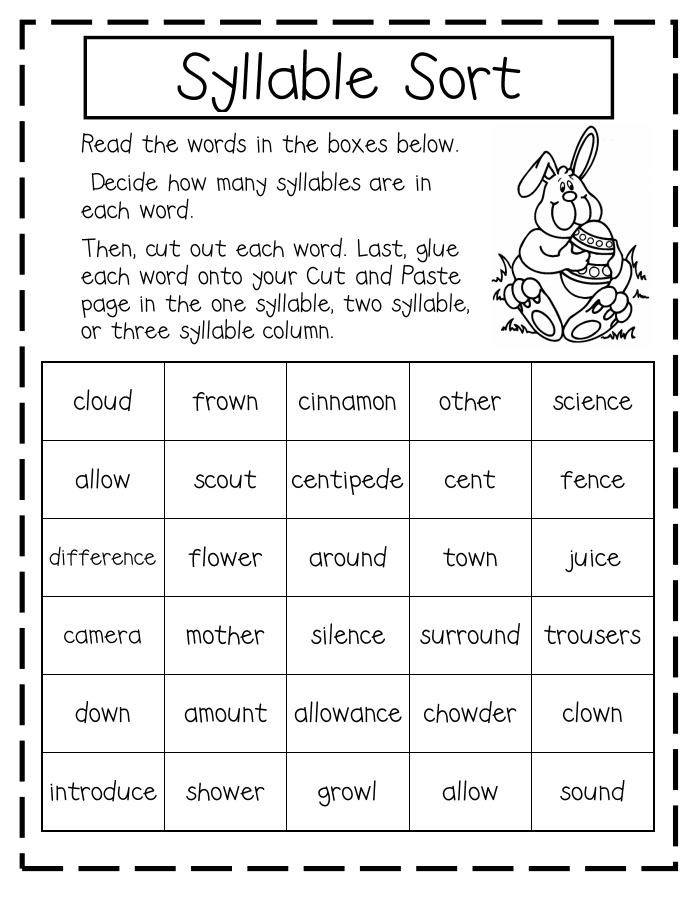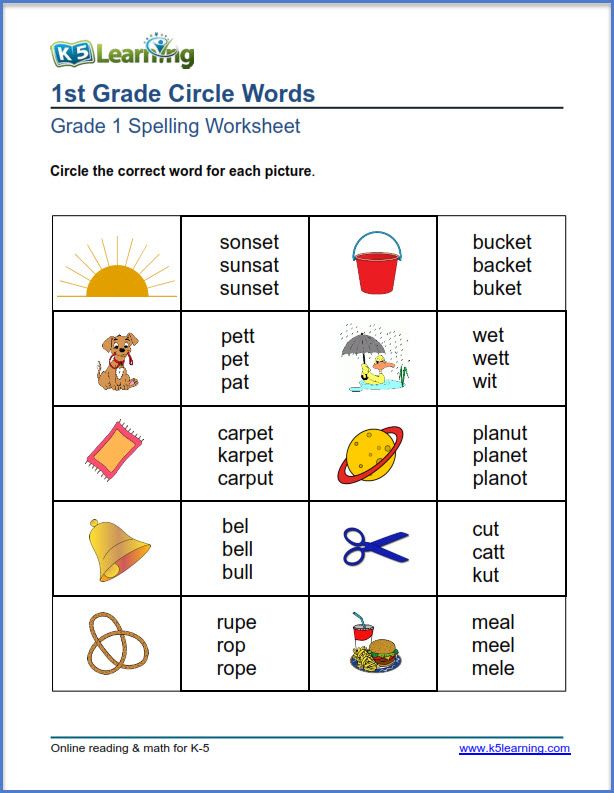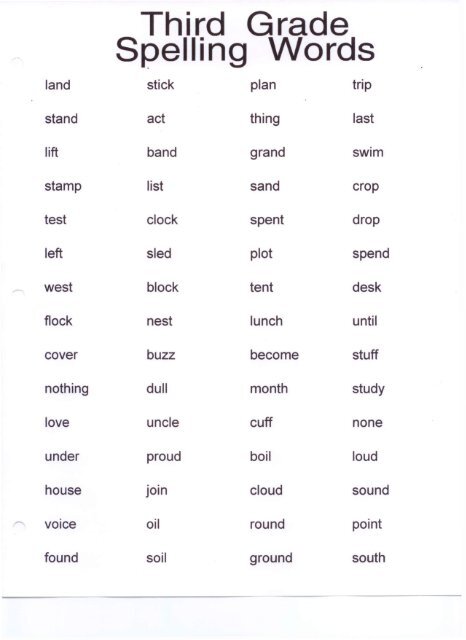Wipers on the bus go
Wheels on the Bus | Kids Environment Kids Health
Wheels on the BusAdapted by Judy and David Gershon (SOCAN)(c)1992
The wheels on the bus go round and round,
round and round,
round and round.
The wheels on the bus go round and round,
all through the town.
The wipers on the bus go Swish, swish, swish;
Swish, swish, swish;
Swish, swish, swish.
The wipers on the bus go Swish, swish, swish,
all through the town.
The horn on the bus goes Beep, beep, beep;
Beep, beep, beep;
Beep, beep, beep.
The horn on the bus goes Beep, beep, beep,
all through the town..
The money on the bus goes, Clink, clink, clink;
Clink, clink, clink;
Clink, clink, clink.
The money on the bus goes, Clink, clink, clink,
all through the town.
The Driver on the bus says "Move on back,
move on back, move on back;"
The Driver on the bus says "Move on back",
all through the town.
The baby on the bus says "Wah, wah, wah;
Wah, wah, wah;
Wah, wah, wah".
The baby on the bus says "Wah, wah, wah",
all through the town.
The mommy on the bus says "Shush, shush, shush;
Shush, shush, shush;
Shush, shush, shush."
The mommy on the bus says "Shush, shush, shush"
all through the town.
Substitute these lyrics also
The doors on the bus go open and shut.
The bell on the bus goes ding-ding-ding.
The lady on the bus says, "Get off my feet"...
The people on the bus say, "We had a nice ride"...
"Your name" on the bus says Let Me Off!
For Parents
School buses travel approximately 4 billion miles and carry more than 25 million kids each year. Clean School Bus is a national program to help communities reduce emissions from older diesel school buses. One simple (and economical) solution: a policy to reduce bus idling while waiting for students at the end of the school day.
One simple (and economical) solution: a policy to reduce bus idling while waiting for students at the end of the school day.
For Kids
Motor vehicles—including cars, trucks, and busses—cause air pollution. So when you take a bus, join a carpool, or ride your bike, you are helping to reduce air pollution. Check out today’s air quality in your community and challenge yourself with the Access online professional development supported by NIEHS to learn about environmental public health.
For Teachers
Ultrafine particles from vehicles, known as UFPs, can have significant effects on health. A Spring 2014 workshop, cosponsored by NIEHS and the Energy Future Coalition, highlighted some of the research on the topic supported by NIEHS and other institutions.
Education Atlas
A comprehensive guide to over 8000 education websites sorted by Index/Subject and lifestage, so you can find exactly what you're looking for quickly and easily; useful for home schooling resources, college research, teachers in need of new lesson ideas, or career professionals seeking continuing education opportunities.
Education Portal
The education portal is a directory of colleges, career schools, and universities that may be useful for prospective students who are trying to decide which school to attend.
Back to Top
Behind the History of the Classic Kids' Song, “The Wheels on the Bus”
Hello, all you back-to-schoolers out there.
We hope you have your apples polished, your pencils sharpened and your backpacks full, because as September sets in soon, that can only mean one thing. It’s time to get back on the big yellow school bus and head to class.
And what better way to mark that occasion than taking a look at the meaning and the history behind everyone’s favorite bus-themed song? Oh, and what does Madonna have to do with it? See below.
Without further ado, let’s drive—er, dive—right in!
OriginsWritten by Verna Hills (who, herself, lived to be in her nineties), the earliest known publishing of “The Wheels on the Bus” is from December 1937. Lyrics for the song were published in the outlet, American Childhood.
Lyrics for the song were published in the outlet, American Childhood.
Originally just called “The Bus,” the verse begins: The wheels of the bus… (“of” not “on”).
The Song TodayToday, the song is popular amongst children in the United Kingdom, the United States, Australia, Canada, Sweden, Italy, and Denmark. As one would expect, the song is often sung by school kids while on bus trips or while heading to school.
It’s an amusing song with parts that change and parts that stay the same (see lyrics below). The rhythm is repetitive, making it easy for people to both sing and remember. Another song that follows a similar format is “99 Bottles of Beer.” Though the song of course has a much different meaning.
The Contemporary LyricsEach stanza in the song begins with a different part of the bus, from the wheels to the windshield wipers to the driver, the people on the bus, and more. The meaning, obviously, is to highlight all the fun, noise-making elements of the vehicle.
Another fun aspect is for children (and parents or teachers) to act out the parts. The wipers go swish, swish, swish, and singers can move their extended arms, pointed up, back and forth like actual wipers. Or the horn on the bus goes beep, beep, beep, and the singers can extend their arm as if honking a real horn on the steering wheel.
Then each stanza continues with how each of those elements on the bus moves or behaves, with each verse concluding with all through the town, before another stanza begins.
For example:
The wheels on the bus go round and round
Round and round
Round and round
The wheels on the bus go round and round
All through the town
The wipers on the bus go, Swish, swish, swish
Swish, swish, swish
Swish, swish, swish
The wipers on the bus go, Swish, swish, swish
All through the town
The driver on the bus goes, ‘Move on back’
‘Move on back’
‘Move on back’
The driver on the bus goes, ‘Move on back’
All through the town
The people on the bus go up and down
Up and down
Up and down
The people on the bus go up and down
All through the town
The horn on the bus goes, Beep, beep, beep
Beep, beep, beep
Beep, beep, beep
The horn on the bus goes, Beep, beep, beep
All through the town
The baby on the bus goes, ‘Wah, Wah, Wah’
‘Wah, wah, wah’
‘Wah, Wah, Wah’
The baby on the bus goes, ‘Wah,
Wah, Wah’
All through the town
The mommies on the bus go, ‘Shh, shh, shh’
‘Shh, shh, shh’
‘Shh, shh, shh’
The daddies on the bus go, ‘Shh, shh, shh’
All through the town
The lyrics for the original rhyme, published in December of 1937, in an issue of American Childhood, are written in three stanzas as follows (note the different ending of each section of verse and different actions, though the general meaning is the same):
The wheels of the bus go round and round,
Round and round, round and round;
The wheels of the bus go round and round,
Over the city streets.
The horn of the bus goes Too-to-too,
“Too-to-too, too-to-too,
the horn of the bus goes Too-to-too
At the other busses, it meets.
The people in the bus go up and down,
Up and down,
up and down;
The people in the bus go up and down,
Bouncing off their seats.
At the time, no reference was made in the original publication as to the formal melody for the rhyme. That was likely figured out later in the verse’s lifespan.
What Does Madonna Have To Do With This, Exactly?Well, nothing formally.
But in 2002, a Madonna impersonator named Michelle Chappel, using her stage made “Mad Donna,” released a single that sampled the nursery rhyme that also featured a version of Madonna’s 1998 song, “Ray of Light,” upon which “The Wheels on the Bus” was sung.
That single reached No. 17 in the United Kingdom and made the pop charts in other European countries.
(Check out a live version of that song here.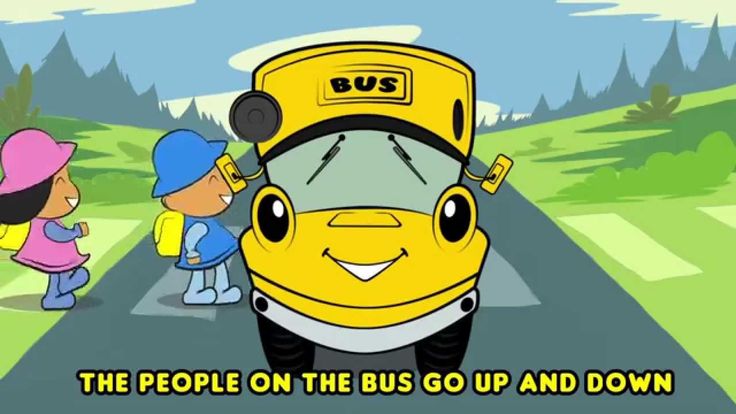 Boy, is it weird.)
Boy, is it weird.)
Driving can be monotonous. Children can have short attention spans. Music is the universal language.
For all these reasons, a song like “The Wheels on the Bus” was born, honed, and perfected over the years, so that children sitting on the big yellow school bus could be entertained while their trip is traveled.
The song teaches observation, communal singing and has a meaning that’s both fun and even a little educational to children. What they took for granted—a silly ol’ bus—has lots of elements to it that have their own little sonic lives.
(Photo by Ron Adar/SOPA Images/LightRocket via Getty Images)
The work of "wipers" - KOLESA.
 ru - automotive magazine
ru - automotive magazine - Main
- Articles
- The work of "wipers"
8 questions about wiper blades
1. Why do the wiper blades in MY CAR not clean well enough and the glass still remains a little hazy?
Most often this is due to either wear or the initial poor quality of the rubber band of the brush. If everything is in order with this, then the cause may be insufficiently strong pressure of the brush to the glass. This happens due to the weakening of the leash spring.
Finally, a negative role can be played by low-quality or “composed” independently (ie, from the remnants of home shampoos) liquid poured into the washer reservoir. It is she who leaves a greasy film on the glass.
2. Why do the brushes squeak a lot?
Due to the composition of the rubber band. For example, many Asian-made brushes (even new ones) are squeaky. Another reason may be that the brush is pressed too hard against the glass due to incorrect adjustment of the driver spring.
For example, many Asian-made brushes (even new ones) are squeaky. Another reason may be that the brush is pressed too hard against the glass due to incorrect adjustment of the driver spring.
Well, again, you can sin on the composition of the fluid in the washer reservoir. Note that alcohols have a strong squeakiness, and if you overdo it with a concentrate, even the highest quality brushes will squeak.
3. Why do the brushes clean only the center of the windshield well, but muddy stains remain at the edges?
Most likely, the point here is a violation of the mobility of the brush frame hinges, which can occur due to dust and sand clogging, corrosion, and freezing.
This stops the brush from bending and following the contours of the glass. Similar phenomena can also be observed when the brush lead is damaged (bent).
4. The brushes in my car are cleaned in “jerks”, leaving a “fan” mark on the glass. Why?
This effect, called “crushing”, occurs because the working part of the rubber band of the brush stops “shifting” when the leader moves in the opposite direction.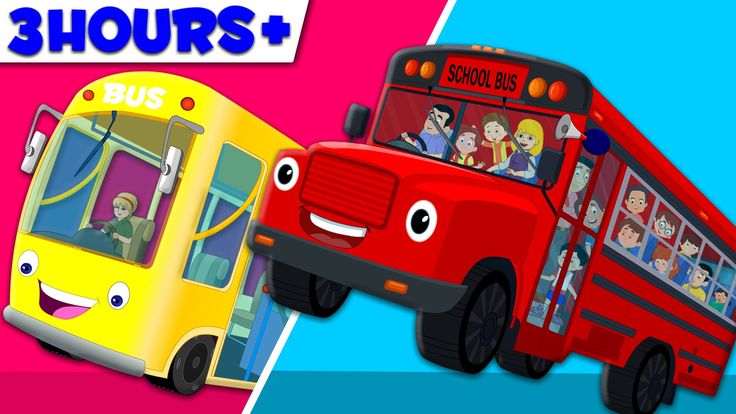 This happens due to clogging of the tape with dirt, as well as due to the initially poor quality of rubber.
This happens due to clogging of the tape with dirt, as well as due to the initially poor quality of rubber.
- It is undesirable to install non-standard, longer brushes
- It is impossible to lubricate the hinges of the brush frame and wash them in water to remove dust and sand
- It is not recommended to turn on the wipers when the windshield is very dirty, as well as when it is iced
- Turning on the windshield wipers in winter, you should make sure that they do not freeze to the glass
5. Can the brushes rub and scratch the glass?
Alas, yes. Sand is often stuffed into the connection of the tape with the frame (especially after driving on dirt roads), and large grains of sand can wipe the “path” on the glass over time. In winter, frost often forms on the brushes, which can also gradually scratch the glass.
6. What's the point of spoiler brushes?
As shown by various tests, the oncoming air flow starts to tear the brushes off the glass, impairing their operation at speeds of 110-130 km/h, depending on the type of car. But the question is: is it worth driving at such speeds in the rain?
But the question is: is it worth driving at such speeds in the rain?
7. Is there any reason to buy "winter" brushes?
Theoretically yes. For "winter" models from good European manufacturers, the rubber band has a special composition, thanks to which it tans less in the cold, practically does not freeze to the glass and cleans the snow better.
In this case, the brush frame is also designed specifically for winter frosts and temperature fluctuations. For example, a special “cover” is made to protect the hinges from icing.
However, there is no need to specifically purchase "winter" accessories - good brushes, and even from a well-known manufacturer, will serve as well in winter as in summer.
8. How long should brushes last?
In Egypt, forever. (Joke!) In our climate, their service life is, on average, 1 year. After that, the rubber band will definitely have to be changed. And if the frame is loosened, then the entire brush as a whole.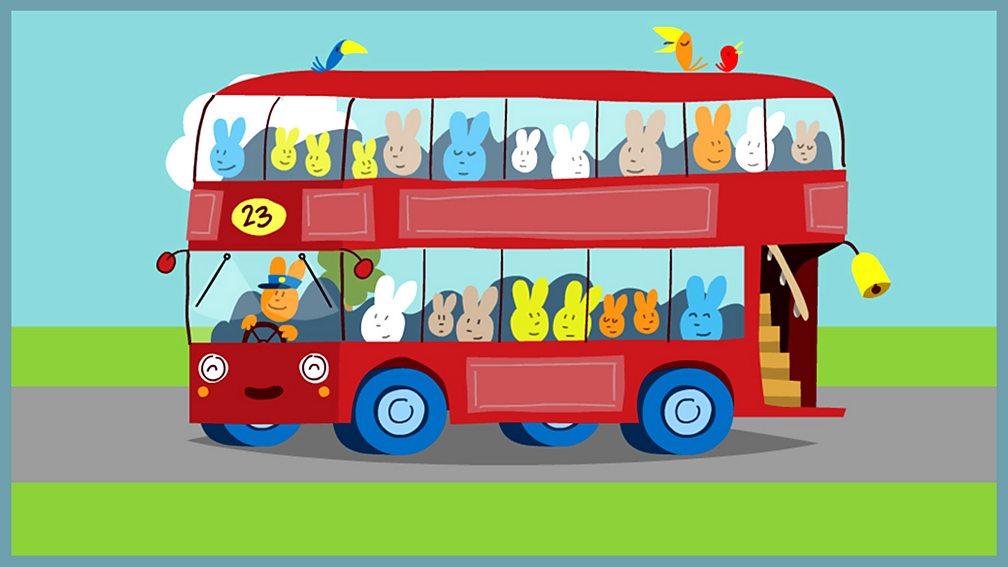
practice
New articles
Articles / Practice What are universal, repair and sports catalysts and is it worth installing them Among the many promotional offers for removing the catalyst, there are others: in them, motorists are offered not a simple removal of the catalyst, but its replacement with a universal, repair one ... 111 0 0 11/23/2022
Articles / Practice Do I need to warm up the car before driving in winter: we understand in detail In my personal rating of debatable and provocative topics, the articles “how to warm up a car in winter” take an honorable first place in terms of the number of absurdities, mistakes and other shortcomings. T... 795 one one 11/22/2022
T... 795 one one 11/22/2022
Articles / Auto and technology Just like Russian: the path of oil from the well to the consumer with your own eyes Two experienced travel bloggers, Alexey Zhirukhin and Sergey Lysenko, as part of an exciting fourteen-day tour of 12,000 km, will learn the whole way of obtaining oil - from a well to... 460 0 3 11/22/2022
Popular test drives
Test drives / Test drive Haval Dargo vs Mitsubishi Outlander: the dog is barking, the stranger is coming In the Haval dealership in the south of Moscow, life is in full swing: buyers look at cars, communicate with managers and sign some papers.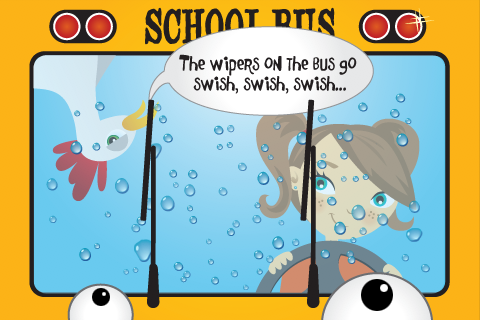 While I was waiting for the test Dargo, the same cross... 17193 7 205 13.09.2022
While I was waiting for the test Dargo, the same cross... 17193 7 205 13.09.2022
Test drives / Test drive Motor from Mercedes, emblem from Renault, assembly from Dacia: test drive of the European Logan 1.0 It would seem that what's new can be told about the second generation Renault Logan, known to every Russian taxi driver, as they say, up and down? However, this car has... 13957 ten 41 08/13/2022
Test drives / Test drive Geely Coolray vs Haval Jolion: Free Cheese? If! Do you want to buy a car today with a full warranty, on credit at an adequate rate, without wild dealer markups? Now this is still a task, because a full-fledged chain of "representation - s.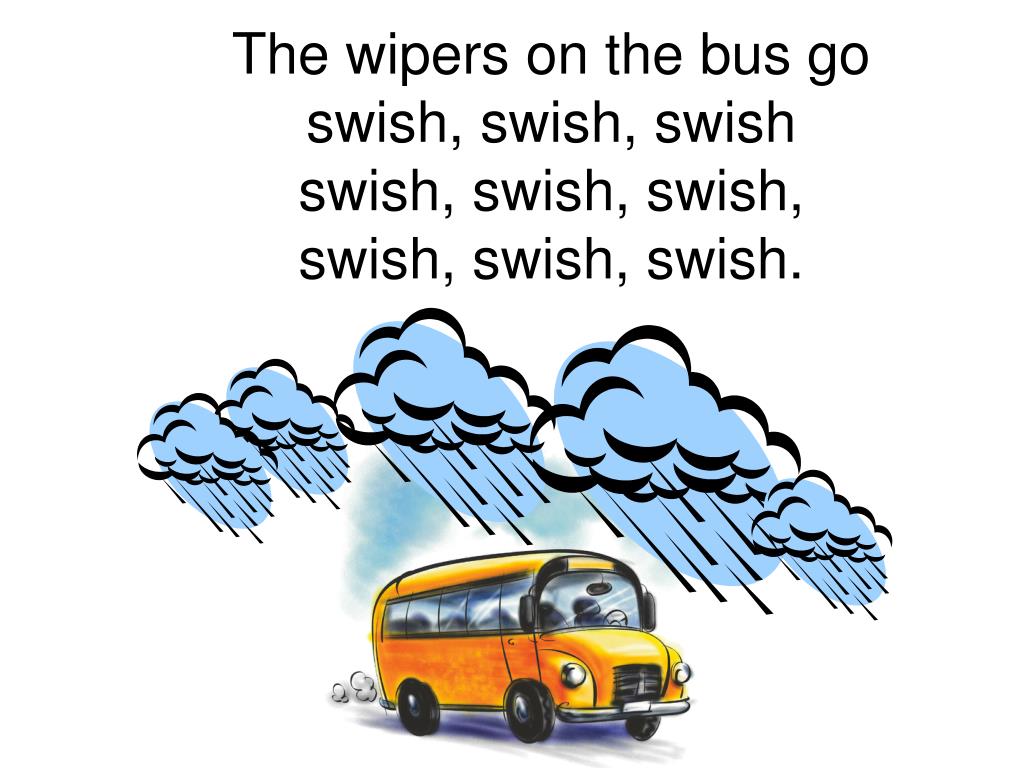 .. 11038 26 thirty 08/10/2022
.. 11038 26 thirty 08/10/2022
5 reasons why your car wipers fail
January 13, 2019, 13:52:09
It also happens - in the morning I went out to clean the car from snow, and the windshield wipers show no signs of life. Perhaps the brushes just stuck to the glass or the wipers themselves are covered with snow. But it also happens that the windshield wipers remain motionless even after thorough cleaning. What to do, because driving with idle wipers is not only dangerous, but also prohibited by traffic rules! The main thing is not to panic, you need to consistently eliminate all possible causes of a breakdown.
Electrical
First you need to determine if the problem is electrical or mechanical. You need to start from the first, of course, if you have already cleaned the brushes themselves enough from snow and ice.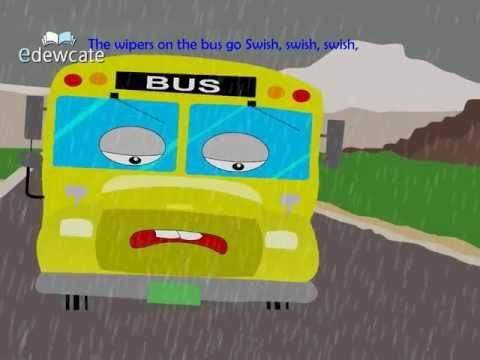 First of all, make sure that the "dead" windshield wipers are not the result of just a blown fuse. Open the appropriate compartment, which is usually located to the left of the steering column and inspect the desired fuse. For the purity of the experiment, you can swap the same fuses responsible for different on-board systems of the car. Did not help? Then listen to whether the corresponding relay clicks in the bowels of the dashboard when the wipers are turned on. If not, then perhaps it was it that ordered to live for a long time, but if there is a click, we move on to the mechanical part.
First of all, make sure that the "dead" windshield wipers are not the result of just a blown fuse. Open the appropriate compartment, which is usually located to the left of the steering column and inspect the desired fuse. For the purity of the experiment, you can swap the same fuses responsible for different on-board systems of the car. Did not help? Then listen to whether the corresponding relay clicks in the bowels of the dashboard when the wipers are turned on. If not, then perhaps it was it that ordered to live for a long time, but if there is a click, we move on to the mechanical part.
Mounts
Let's start with the banal - first of all, we check the nuts on the shafts of the wipers themselves. Perhaps it was this winter that they weakened and require tightening. At the same time, all other parts of the mechanism can work properly, but frozen wipers simply will not rise due to loose fasteners. Checking this version is quite simple - just try to move the wipers on the glass with your hands. If this worked out, then it is worth removing the protective rubber or plastic caps at the base of the wipers and tightening the nuts on the fasteners. But if the brushes sit tightly in their place and do not move from their place, then perhaps the problem may be somewhat deeper than you expected.
If this worked out, then it is worth removing the protective rubber or plastic caps at the base of the wipers and tightening the nuts on the fasteners. But if the brushes sit tightly in their place and do not move from their place, then perhaps the problem may be somewhat deeper than you expected.
Motor
On most modern cars, the wiper motor is protected by special overheating protection. That is, if out of habit you turned on the wipers with the windshield covered with snow, then the voltage to the motor simply will not be supplied if it is unable to turn the brushes. On domestic cars, the wiper motor is usually made with such a power reserve that it seems that it could well replace the starter. In any case, it’s worth getting out of the car and listening to see if the motor works when the wipers are turned on. If there are no sounds, then, probably, time and dampness still ruined the motor itself. But if the sound of work is present, and the brushes do not move, then perhaps the matter is in the frozen trapeze of the wipers.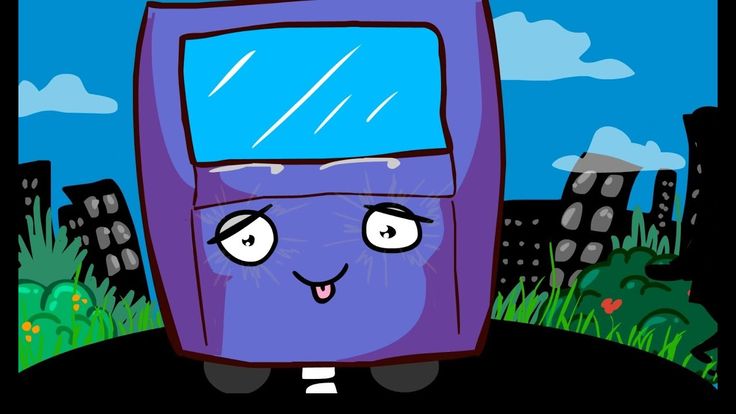
Trapeze
The leverage system, which is responsible for transmitting movement from the motor to the brushes, can also fail. The case may be in rusted hinges or simply frozen joints. To diagnose it, you will have to remove decorative trims under the windshield, called frills. Along the way, check all the wiring and connectors that go to the wiper motor mentioned above. Get ready right away for the fact that there will be very little space inside, and all nodes are located very compactly and hard to reach - this is the price for comfort and space saving in modern foreign cars. If, having reached the trapezoid, you find a large amount of ice and snow, then feel free to drive the car to a warm parking lot. Well, or just prepare two teapots of boiling water for spilling frozen mechanisms.
Drainage
Water from the windshield simply has to drain somewhere, and this, of course, should have been foreseen by the engineers. Of course, the compartment in which the trapezoid works has its own drain hole, but sometimes auto drainage gets clogged during operation, and this fact can go sideways, especially with our winters.

